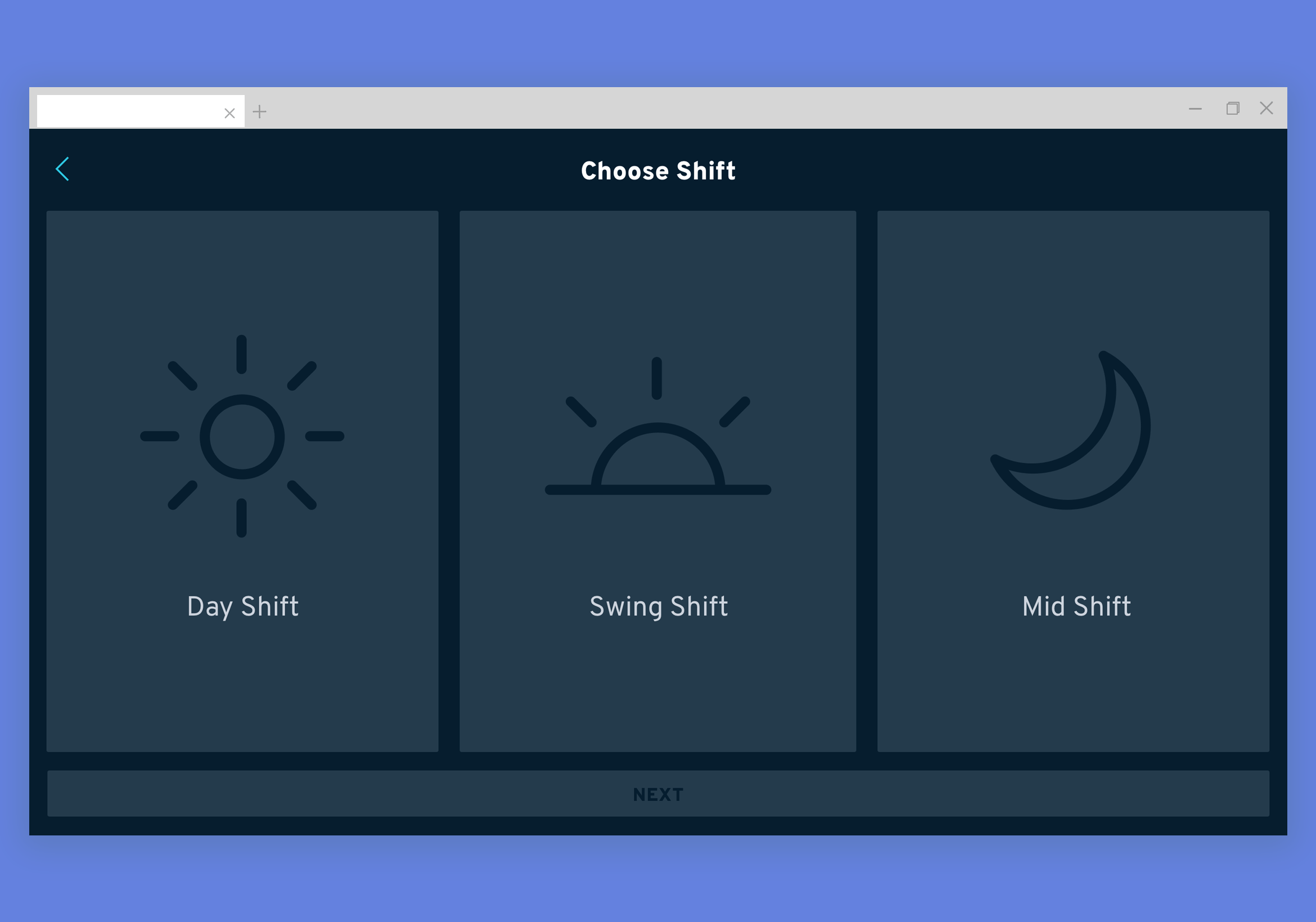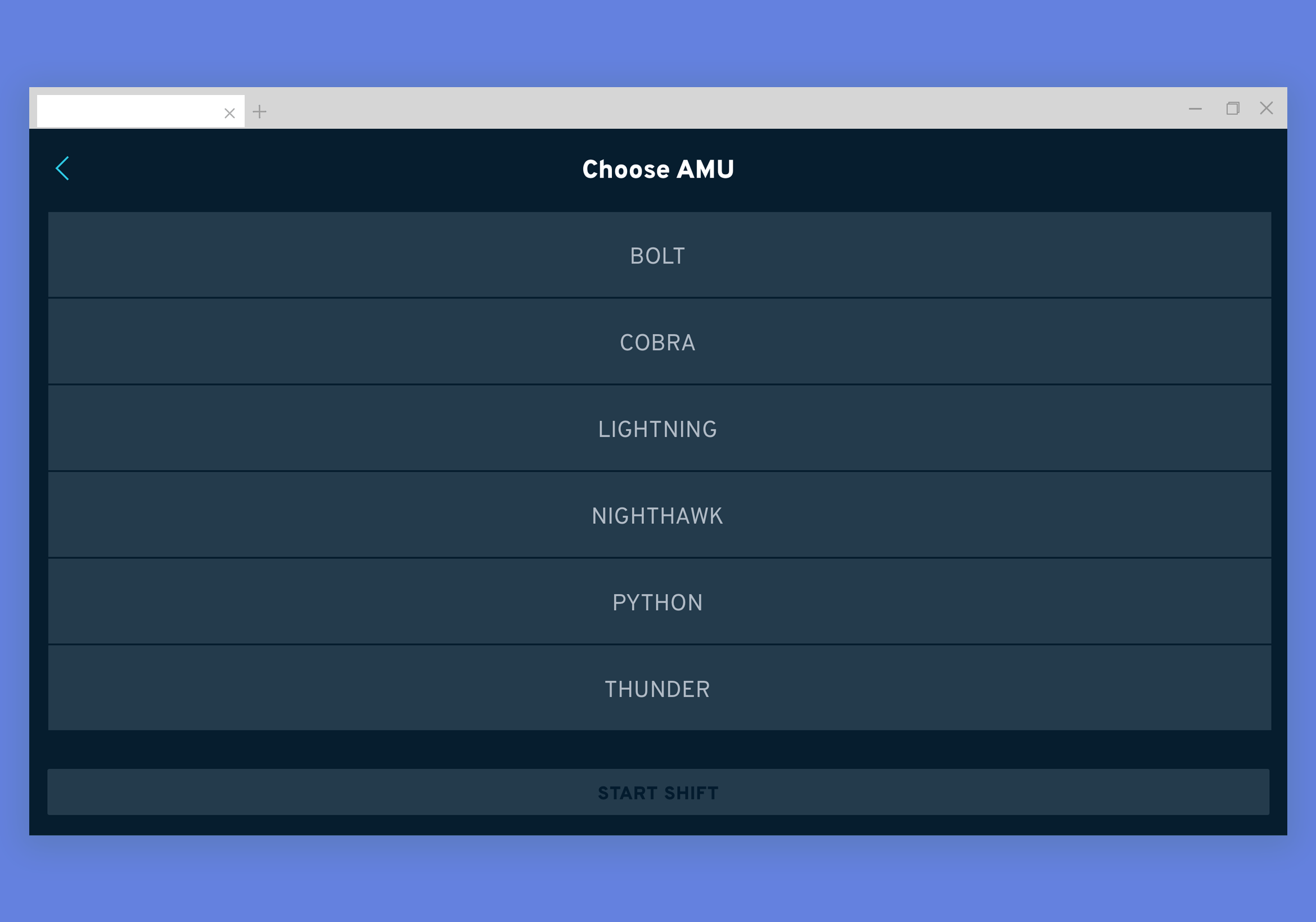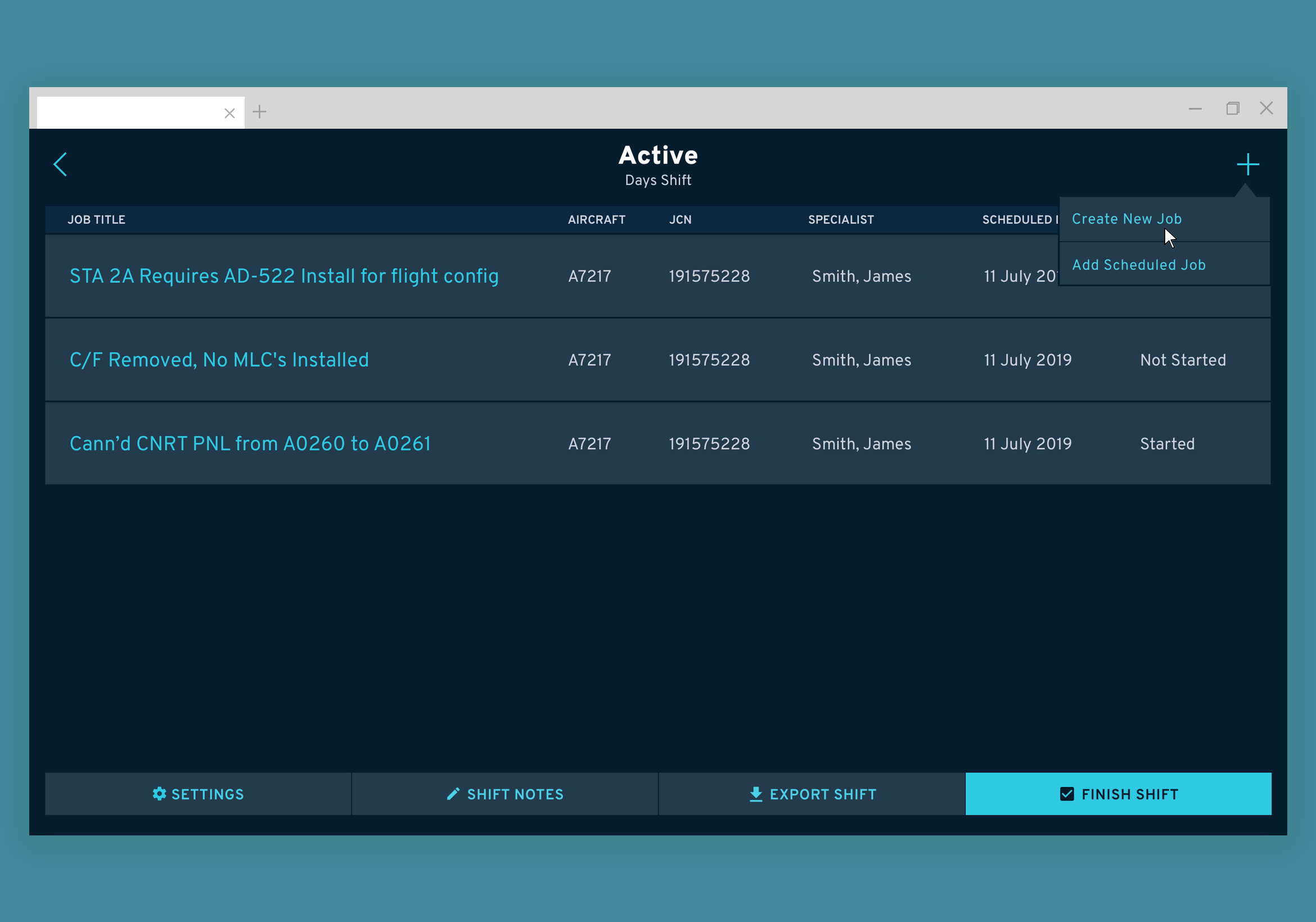The Secretary of Defense mandated that the Air Force reach and maintain an 80% mission-capability rate. In order to meet this requirement, the Air Force established several technology groups which partnered with Pivotal Labs to enable their service men and woman to build cutting-edge software.
US Air Force
Modernizing the tools and practices needed to fight against any threat.
UX Research
Interface Design
Prototyping
Client Enablement
My responsibility as a product designer was to find a way to improve efficiency and quality for maintainers working on the F-15, F-16, and A-10 aircrafts. I spent countless hours engaging with maintainers and observing them work on jets. I also coached and mentored a group Airmen selected to become UX designers.
WARLOC was designed to help flightline expeditors keep track of aircraft maintenance by reducing the amount manual data entry. This means expeditors can focus on getting jets back in the air.
Goals
Flightline efficiency
By eliminating paper forms used to log aircraft maintenance we aimed to:
- Give expeditors a place to log maintenance work from the flightline and remove the need for transcribing and reviewing log data.
- Give expeditors a place to quickly access maintenance information carried over from previous shift from the flightline.

Observing aircraft maintenance on the flightline.
Research Methods
Building Empathy
User Interviews
We interviewed maintenance crews from Air Force bases across the country to understand their needs and painpoints when documenting work.
Observations
We spent many hours on the flightline observing the maintenance process first hand. We used this experience to understand the responsibilities of each crew and conditions in which they work.
Time Studies
We timed how long maintenance crews spent documenting maintence from flightline to desktop workstation. This information allowed us to quantify the positive impact our product would have on the documentation process.
Card Sorting
In order to prioritize our work, we used card sorting exercises to see what outcomes mattered most to expeditors.
Insights
What we discovered
- Transcribing written notes into central database was often delayed causing confusion for maintenance crews.
- The paper form has only a small area to write in enough detail about a job which makes it difficult to read.
- The database that is used to enter maintenance information is extremely difficult to use which frequently cause users to mistakenly enter erroneous data.

Facilitating a design sketching session with the Airforce.

Initial prototype design.
Prototyping
Evaluative Research
During prototype tests we uncovered several insights including:
- Users wouldn’t always be able to status a job immediately, so we allowed them to manually enter start/finish times instead of timestamps.
- In addition to adding new jobs, users wanted to add jobs already scheduled for other shifts. This would allow them to get more work done when a shift is slow.
- At the end of their shift, users want to print their completed shift so they can keep a seperate record of their work. "In case the system goes down".


Day and night modes.




Choosing a shift allowed users to load their jobs for that day.


An expeditor occasioinally needs to create a new job on the fly. (Pun intended)

An expeditor can add previously scheduled jobs that are not assigned to her shift.


An expeditor is required to leave "Shift Notes" so that the incoming expeditor has enough information.
Erick Arias
erick@erickarias.com
© 2023 Erick Arias
